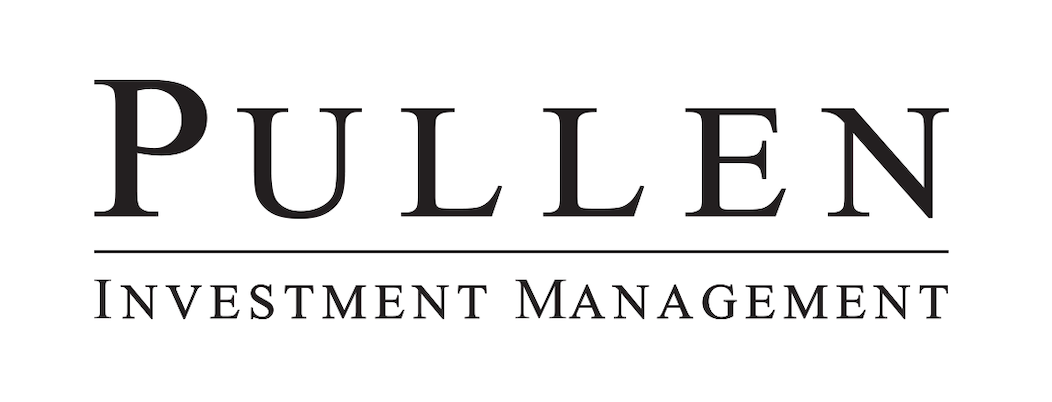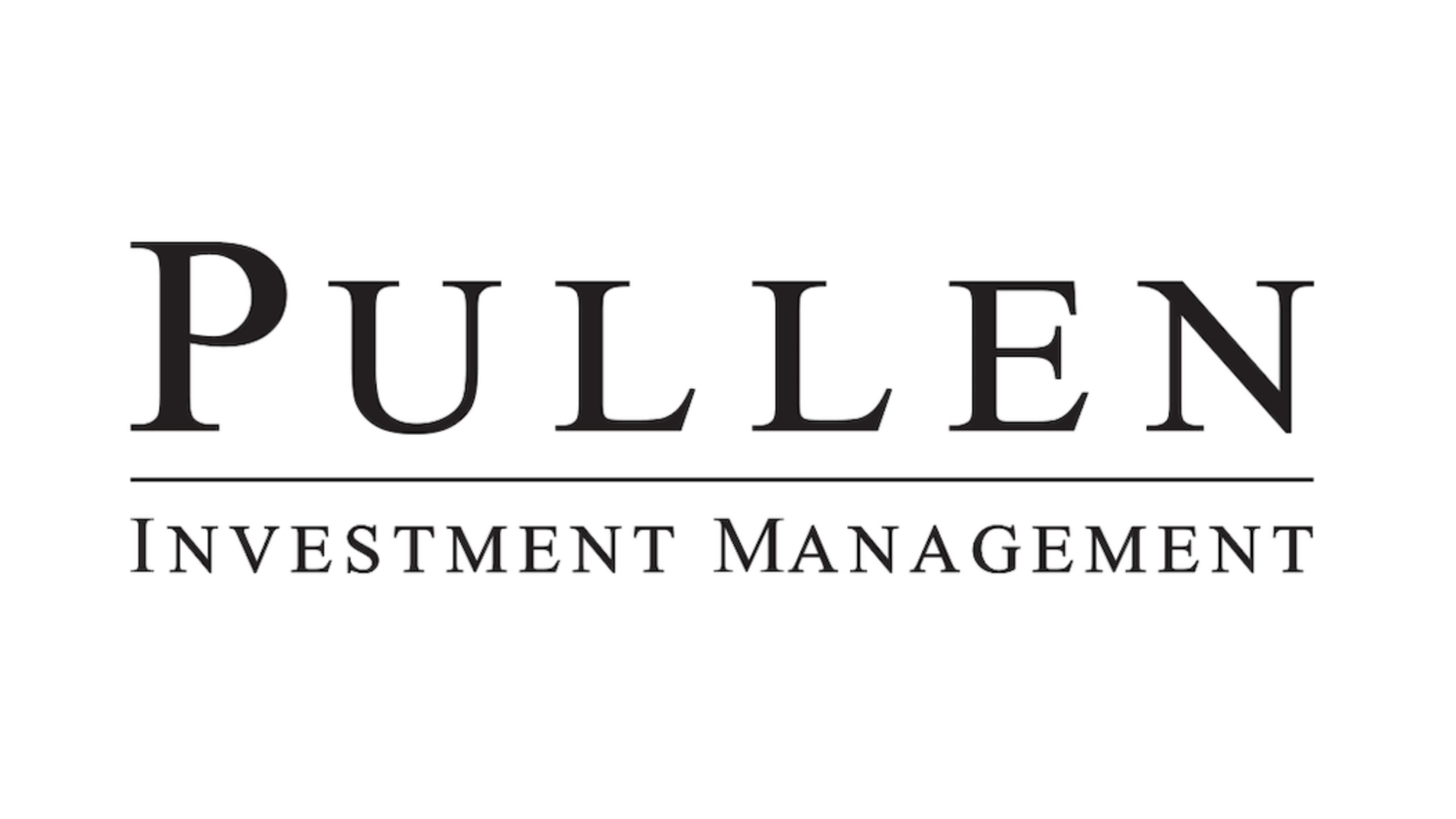Q4 - January 2024
The year was a surprise both in terms of the market’s performance and that of the economy. Most, including us, expected some form of a recession. Our thinking a year ago was that the headwinds were too clear and too many to avoid a slowdown, and frankly that is what was needed to rein in inflation, which at the time was more than 5%¹. While the pace of inflation has slowed, helped by slower activity in certain corners of the economy, support from government spending and a labor market that remained “full” has helped to keep the consumer resilient despite the higher cost of everything. The current view of the Federal Reserve economists is that inflation will continue to slow and will then level off at their targeted level of 2%, and the market has priced in a percent and a half rate cut in ’24. Naturally there is skepticism that everything will normalize (no overshoot or undershoot) so easily after a couple of years that have been anything but normal. Government spending has been the unique booster to the economy, at a time when the amount of debt is up and debt ceiling debates have become the norm, so it was no surprise to see a couple of rating agencies lower their view on the US’ credit worthiness. US federal government debt ended 2023 at a record $34 trillion, a level that in 2020 the CBO predicted would be reached in 2029², and more debt needs to be issued in 2024. Despite the obvious angst of multiple wars with important allies and a banking crisis last March that is all but forgotten, the USD dollar was relatively stable in 2023. Another surprise for us was that oil and gas prices dipped, despite the addition of another conflict abroad in an important energy producing region. Gold did rise 14% last year, with most of the gains in the 4th quarter coinciding with the more dovish shift in rate expectations. Gold was not the only beneficiary of the shift in interest rate expectations as equities across the market rallied in the quarter, reversing the prior quarter’s selloff, with the S&P 500 closing in on its all-time high of 4,796 reached back on Jan 3, 2022. On December 20th, the S&P 500 equal weighted index had rallied from its 1-year low to its 1-year high in just 33 days. The benchmark 10-year Treasury yield settled at 3.86%, near where it started the year, but down from a peak of 5.02% in October. The rally in rates dragged the total return for the bond index into positive territory, thus dodging a consecutive year of negative total returns³.
We finished 2023 happy to see the higher stock prices, but we struggle to identify the next catalyst on the horizon for the broader equity market. Valuations are not back to their very stretched 2021 levels, and many extreme signs of froth within the markets have abated, but we continue to see the equity market stuck between a rock and a hard place. Either the economy and company earnings reaccelerate, thus risking a firmer or more hawkish Fed, or this slower growth/slower inflation does not stop slowing and the much anticipated recession finally appears. To be clear, we would certainly prefer the former for many reasons. “Slower” and “lower,” are good adjectives when it comes to interest rates and inflation, so we do acknowledge that more of the same could be the story in ’24. Additionally, a Fed that is less aggressive could invite more M&A and encourage companies to raise more capital and invest, which would further broaden the rally that we saw in Q4. The earnings recession is behind us according to consensus estimates, so a combination of an easier Fed and earnings growth would be the best scenario, but one that rarely occurs. We acknowledge that a falling “wall of worry” is a wonderful catalyst to higher prices. That phase somewhat summarized 2023, and we clearly have a big wall in front of us.
Tyler Pullen, CFA
Portfolio Manager
Past performance does not guarantee future results. Market conditions can vary widely over time and can result in a loss of portfolio value. In accordance with the rules of the Securities and Exchange Commission, we notify you that a copy of our ADV, Part 2A and 3 filings with the SEC is available to you upon request. It should not be assumed that recommendations made in the future will be profitable or will equal the performance of the securities in this list.
¹ Core CPI was 5.7% in December of 2022 and most recently was 3.9% in December of 2023, FactSet
²US national debt hits record $34 trillion as Congress gears up for funding fight, AP News, 1/2/2024, Hussein an Boak
³ The Bloomberg Barclay’s Aggregate Total Bond Index returned 5.53% in 2023



